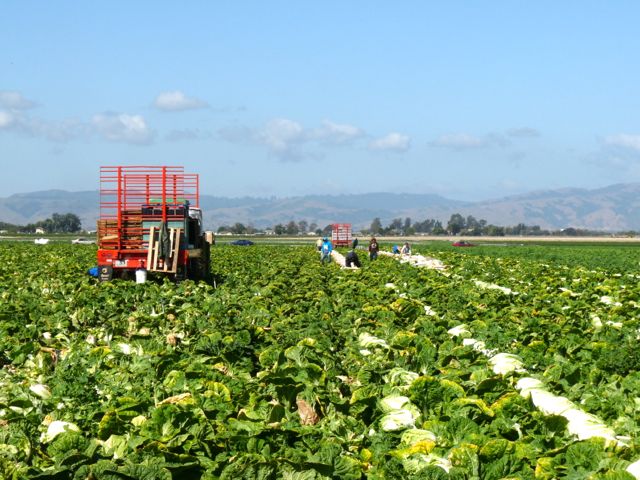Organization is the Missing Link to Supply Chains
Grower Distribution Difficult
By Mikenzi Meyers, Contributing Editor
Creating a link between growers and the distributions of their commodities is becoming increasingly difficult. Aaron Magenheim with AgTech Insight based out of Salinas is helping to create a more efficient communication system to bring supply chains together.
Magenheim described a situation last year where Walmart required IBM technology in order to sell leafy greens, but when growers asked how to implement the technology, they could not get a clear answer. “We need to help move this industry forward and have the right people that work together and understand the right direction,” he said.
Another issue Magenheim has seen is the lack of data on failed trials. This is especially a problem in California, where there is a constant push to test new products. Whether it be hiring an analytics team or making sure growers record their ROI (return on investment), Magenheim said organization is the key to moving forward.












